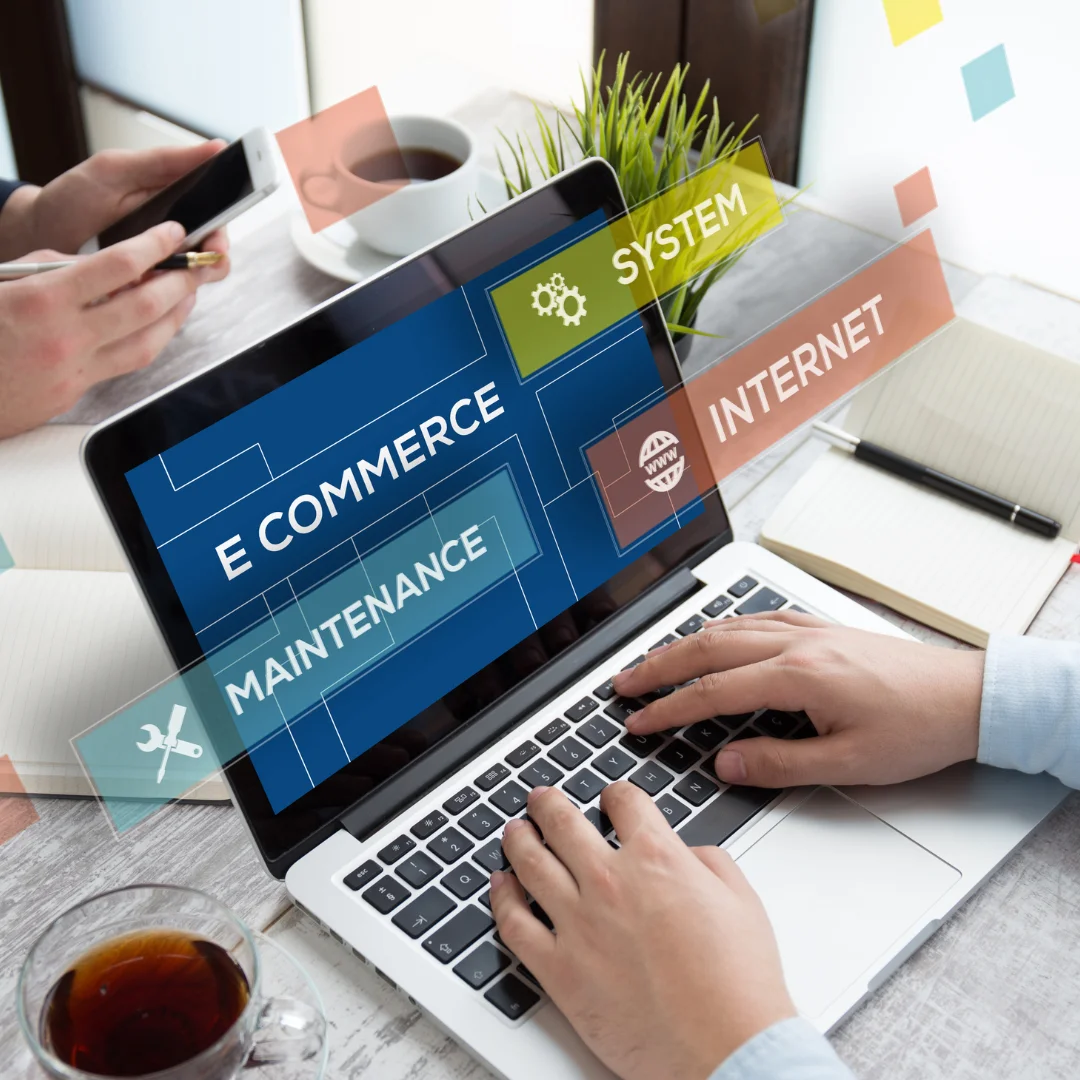Blockchain technology is widely used for cross-border remittances, offering a faster, safer, and cheaper alternative to traditional methods of transferring funds. Blockchain is a distributed ledger technology that can record and verify on decentralized computers, eliminating the need for intermediaries such as banks and payment processors. of transparency and low fees Money can be transferred across borders, with significant benefits for both senders and receivers.
One of the main advantages of blockchain technology for cross-border money transfers is its speed of execution. Traditional remittance methods can take days or even weeks to move money across borders, where fees and exchange fees eat into the remittance On the other hand, blockchain technology can enable almost instantaneous delivery, while the web is transacted and processed in seconds They rely on remittances on a daily basis, because they can earn money faster and for less money.
Another advantage of blockchain technology is its security. The decentralized nature of the blockchain network makes it more resistant to fraud and hacking attempts, as each transaction is authenticated and recorded by multiple nodes in the network this reduces the risk of fraudulent activities, and provides cross-border remittances that are more secure for the sender and receiver.
Blockchain technology can also reduce the cost of moving goods across borders. Unlike traditional shipping methods that typically involve multiple middlemen, each of which charges a discount on the transaction, resulting in higher costs for shippers and lower amounts if receivers arrive, blockchain technology can eliminate the need for intermediaries, reduce costs and make the process more affordable for shippers and receivers.
One notable example of blockchain technology being used for cross-border money transfers is the Ripple network. To facilitate cross-border payments, the Ripple network uses its own digital currency, XRP. It offers almost instantaneous transactions at a low cost, making it an attractive option for people who want to transfer money across borders. The Ripple network has integrated with many financial institutions and payment providers, making it a widely accepted solution for cross-border money transfers.
Another example of blockchain technology for cross-border transfers is the Stellar network. The Stellar network uses its digital currency, Lumens (XLM), to facilitate cross-border payments. It offers almost instant transactions and low fees, making it an attractive option for people who want to move money across borders. The Stellar network has integrated with many financial institutions and payment providers, including IBM, making it a widely accepted solution for cross-border money transfers.
Overall, blockchain technology offers significant advantages for cross-border money transfers, including speed, security, and cost savings. As the technology continues to evolve and become more widely adopted, there is a chance that we will also see many new solutions for cross-border money transfers that leverage the benefits of blockchain technology.










